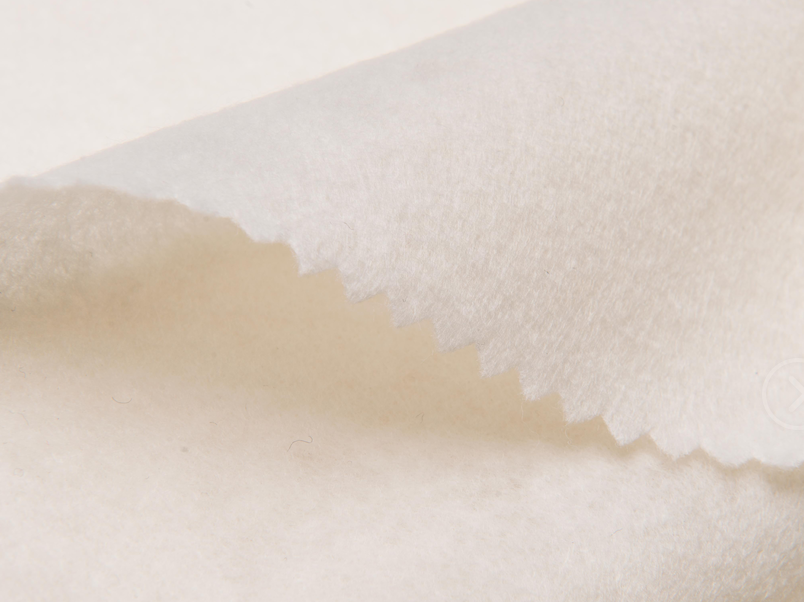What is garment interlining
2022-07-07.
With the development of the era of personalization, the public's pursuit of fashion is increasing. Many decorative materials have become popular elements. And for a piece of decorative material to become a clothing boutique, its quality in all aspects must match the clothing.
Garment accessories can be broadly divided into six categories according to their use.
1, garment lining materials;
2, garment lining materials;
3, clothing filler;
4, Wire and tape materials;
5, fastening materials;
6, Decorative materials;
Now we will mainly talk about the interlining of garments.
Interlining includes two kinds of interlining and lining.
Interlining is mainly used for garment collars, cuffs, pockets, skirt and trouser waist, hem and suit chest, etc. It generally contains hot melt adhesive coating and is usually called bonded interlining. According to the different backing, bonded lining is divided into spun lining and non-woven lining. Spun backing is woven or knitted fabric, while the non-woven backing is made of chemical fiber pressed. The quality of the bonded interlining is directly related to the quality of the garment.
Therefore, the purchase of fusible interlining, not only the appearance requirements, but also to examine whether the performance of the lining parameters and garment quality requirements. For example: the heat shrinkage rate of the lining should be consistent with the fabric heat shrinkage rate as far as possible; to have good sewability and cutability; to be able to bond firmly with the fabric at a lower temperature; to avoid high-temperature pressing after the front of the fabric seepage glue; firmly and permanently attached, anti-aging and anti-washing.
Padding, including shoulder pads for tops, chest pads, and hip pads for bottoms, etc., are thick and soft in texture, and are generally not coated with glue.

When choosing clothing lining material should pay attention to.
1. Lining material should match the performance of the clothing fabric. Including the color of the lining, unit weight, thickness, drape and other aspects. Such as facecloth and other heavy fabrics should use thick lining, and silk fabrics and other thin fabrics with light silk lining, knitted fabrics are used with elastic knitted (warp) lining; light-colored fabric padding color should not be deep; polyester fabrics should not use cotton lining, etc.
2. Lining material should match the function of different parts of the garment. Stiff lining material is mostly used in the collar and waist and other parts of the outerwear chest lining is used thicker lining material; feel flat lining material is generally used in the waist of the skirt and pants and the cuffs of the garment; stiff and elastic lining material should be used for neat and straight shape.
3. The lining material should match the service life of the garment. Washable garments should choose washable lining materials, and consider the stability of the washing and ironing size of the lining materials; lining materials, such as shoulder pads should consider the ability to conform, to ensure that the use of a certain period of time will not be deformed.
4. The lining material should be matched with the equipment for garment production. Professional and supporting processing equipment, can give full play to the characteristics of the liner material to assist in modeling.
Therefore, the purchase of materials Material, combined with the bonding and processing equipment working parameters, targeted selection, can play a multiplier effect.